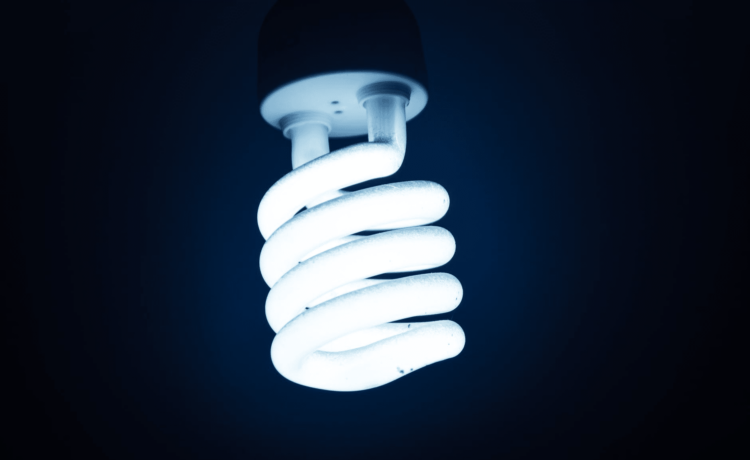It takes a lot of energy to power our daily lives. Everything from logging onto your laptop for work to running a load of laundry uses electricity, which puts strain on our natural resources.
Fortunately, there are plenty of ways to cut back on energy consumption and reduce your carbon footprint. Here are some simple strategies to reduce your home’s energy consumption— and your power bill.
Install LED Lighting
According to the experts at Positricity, LED lighting uses up to 85% less electricity than traditional bulbs and 50% less than fluorescent. As such, switching to LED lighting can dramatically cut back on your consumption and save you hundreds annually on your power bill.
It’s important to note that today’s LED lights are not like the original bulbs to hit the market, which often had a stark white glow and subtle humming sound. Modern LED bulbs come in various shapes and shades, so you can still create the warm, welcoming environment you want in a home.
Schedule Regular HVAC Maintenance
Your HVAC system encompasses everything pertaining to ventilation and temperature control in your home, including your furnace and air conditioning. Scheduling annual maintenance on each system will help extend your HVAC’s lifespan and prevent any surprise expenses when the weather changes.
Most people don’t know that regular maintenance on these systems can also reduce your energy consumption. If your blowers or vents are blocked up, the system will have to work harder to achieve the same results. As such, you end up using more power than necessary to stay warm or cool.
During a maintenance tune-up, the technician will ensure everything is clean and running efficiently, making adjustments as needed.
Address Your Plumbing
While plumbing is a standalone system in the home, it does impact power consumption. If your toilet runs continuously, it’s potentially using energy to run the pump (with an exception for those on municipal water).
The water heater is another big draw on your electricity. Traditional water tanks use energy to keep the water hot day and night, regardless of whether you use it or not. Consider upgrading to a tankless or on-demand heater that only warms the water when you turn on the tap. This upgrade will pay for itself on your power bill and guarantee that you’ll never run out of hot water.
Adjust the Temperature
Small changes make a big difference in energy consumption. Consider adjusting the temperature by a few degrees, both for air conditioning in the summer and heat in the winter. Change your habits to ensure you’ve exhausted all efforts to regulate your body temperature before adjusting the thermostat.
Adjusting your washer and dryer temperatures will also make a difference. Consider washing solely with cold water and turning the dryer heat down to medium.
Use Curtains Strategically
Curtains are an effective yet underrated tool for improving your home’s energy consumption. Keep your curtains closed in the summer to block the sun and reduce the demand for your air conditioning. You can even get lined curtains to help block drafts and provide insulation during the winter months.
Be Mindful of Phantom Power
Your appliances still use power, even when you shut them off. Consider plugging your appliances and electronics into a surge protector, then powering it down when not in use. When you charge your phone or laptop, unplug the charger from the wall rather than just removing the device.
Change Your Ceiling Fans
Finally, improve your temperature control by changing the direction of your ceiling fans in the winter and summer months. Your fan should turn clockwise at a low speed in the winter to push warm air back down to the ground. During the summer, turn it to a higher speed and counterclockwise direction to better circulate cool air.
With these simple tips, you can dramatically reduce your energy consumption. Consider setting consumption goals and tracking your progress over time, setting goals for yourself and your family.
Infographic Provided By Solar Panel Installation Company, Sunburst Solar







